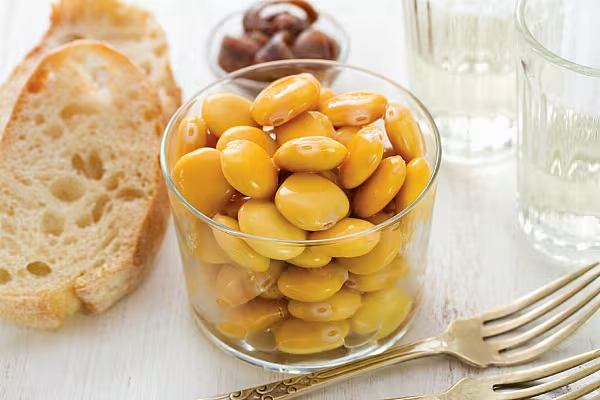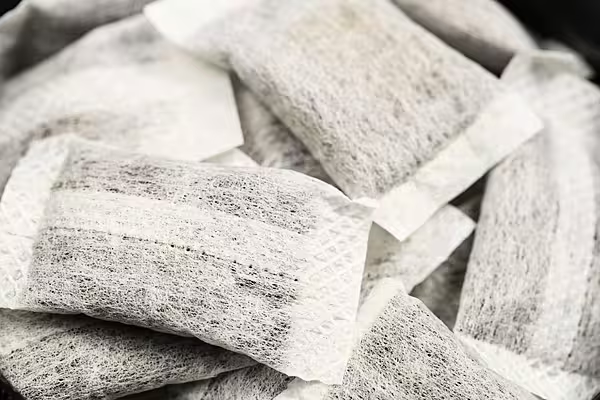Nick Peksa examines whether an oft-overlooked protein source could be the next big thing in health and nutrition. This article first appeared in ESM July/August 2021.
As an avid runner and reader of books on ultra-running (races longer than 26.2 miles), one of the topics consistently mentioned is diet, and, in particular, a plant-based diet. Some of the greatest-ever ultra-runners are vegan: Catra Corbett, Scott Jurek, Rich Roll and Fiona Oakes, to name but a few. Plant-powered runners are nothing new, however, this only really became popular from 2010 onwards.
With performance in mind, prior to the (sadly cancelled) Tokyo Marathon 2020, I decided to temporarily change my diet to a plant-based one. I was not alone, it seems.
Plant-Based Protein
The past 18 months have been a turbulent time for the food industry and supply chains, yet, despite the massive ongoing disruption caused by COVID-19, the plant-based food industry has flourished. Last year saw strong and sustained growth in plant-based retail sales and record global investments in plant-based companies. In addition, the sector developed meaningful technological advancements and achieved some notable regulatory statuses.
For an active adult, protein is an important part of a healthy diet – the recommended daily intake equates to 1g of protein per 1kg of body weight. When thinking about plant-based protein sources, the raw materials that spring to mind are nuts and seeds, beans and peas, nutritional yeast and soya derivatives, however, very little is ever mentioned about lupins.
About Lupins
Lupins are legumes that belong to the same plant family as peanuts. They have a unique combination of high protein, high fibre, low oil and virtually no starch. Their protein content (28% to 34%) is higher than that of peas and beans, however, lower than that of soybeans. Currently, lupins are predominantly used within the animal feed industry, with less than 4% of global lupin production being consumed by humans.
Surprisingly, it is estimated that around 0.5 million tonnes of food containing lupins is consumed each year in the European Union, mainly in the form of lupin flour, which is added to wheat-based bakery products. A small proportion of the 4% is imported into Egypt and the Mediterranean, where it is pickled and consumed as a snack.
Lupin seed production is dominated by Australia, with Russia and Poland being the other two nations with any significant output. In the recent past, the Polish government supported the growing of lupins, which encouraged a significant acreage increase, however, as governmental support waned, the acreage planted also reduced.
In Australia, growing lupins provides the farmer with a number of advantages: lupins can be harvested earlier than soybeans, they favour dry springs, and they establish themselves more readily than peas and beans. For these reasons, lupins are grown widely in the arid regions of Australia.
The export markets for Australian lupins are distinctly different to their chickpea and bean crops, which tend to be sold to India, Pakistan and Bangladesh. The primary importers of Australian lupins are Spain and South Korea, where they are used for intensive animal feeds. Scandinavia and Indonesia also import lupins for use in aquaculture markets.
When Australian farmers are making their planting decisions, the key factors that will affect them relate to domestic production, the availability of alternative protein feeds, storage costs, and, most importantly, the global supply/demand situation and price of soybean meal.
Lupins As Feed Material
Lupins can be a suitable protein alternative to soybean meal in broiler and pig diets, however, the price needs to be competitive (US$1 = AU$1.33). In recent years, however, this has not been the case.
The past couple of years have seen the majority of commodity prices on the floor. The COVID-19 crisis, logistics problems, weather problems, and increased levels of demand have resulted in almost all raw materials increasing in price. Oilseed prices have risen dramatically over the past year – up by 46% from a year earlier – reaching an almost nine-year high in February.
China’s demand for soybean meal is currently very strong, as the country’s Asian swine flu outbreaks are disappearing and pig numbers are rebounding. China took advantage of the low prices of oilseeds last year and proceeded to buy larger-than-normal quantities of US soybeans and Canadian rapeseed. These higher export levels have resulted in a price increase in soybean meal, which might encourage lupins to become more mainstream.
Ending Thoughts
Thinking back to the plant-based diet that I tested in the lead-up to the Tokyo Marathon, I personally found that the dietary changes were noticeable. The benefits were as follows: weight loss, increased pace, faster recovery time, and the disappearance of the morning caffeine requirement. Even with their bitter taste, perhaps lupin seeds could be brought into the European snacking industry as a new product.
If they were, given the elevated prices of oilseed meals, there could be strong competition from the feed industry. Let’s hope that we see some pickled lupins in our supermarkets in the near future.
This summer, Nick is planning to cycle from Land’s End to John O’Groats, climbing the three highest mountains in England, Wales and Scotland along the way, to raise money for charity. More information here: bit.ly/3wBsRhg
Previous Buyer's Brief reports can be found here.
© 2021 European Supermarket Magazine. Article by Nick Peksa. For more A Brands news, click here. Click subscribe to sign up to ESM: European Supermarket Magazine.














